Most of us have heard the phrase, “Don’t wait for inspiration to get to work.” and most of us have discovered that this is a very true statement… but… in my opinion it is incomplete.
While it is true that you shouldn’t wait for inspiration to begin your work, it is also true that you should never (I feel so strongly about it that I’m going to purposefully use two ellipses)… NEVER… ignore inspiration when it happens. I don’t care if you’re on death row having your last meal of chicken nuggets. Get it down in barbecue sauce on the table (or sweet and sour if that’s you). It might be the thing you’ve been waiting for, other than a pardon.
There’s another aspect of discipline and its interaction with inspiration… it is rare that inspiration alone will carry you through an entire work. Ask anyone who has ever made an ambitious piece or anyone who has ever made a book, whether writing, illustrating or compiling it. At some point some aspect of it becomes labor and discipline is the only thing that gets you through that part. It’s easy to work when you’re inspired, just like its easy to work out when you’re motivated but get to the, usually 3rd-5th day of a one month push up challenge, you know, when you’re really sore and it’s starting to get boring and irritating… that’s when discipline becomes the most important thing you have.
It is also very true that inspiration may lead you from one piece to the next but discipline will give you muscle memory to actual realize the work. It will allow parts of your work to become intuitive. For example, when I’m drawing I rarely think about how to create texture. I’ve done it so much that if I want it to be smooth it just sorta smooths out. If I want it to be pebbled I just make it pebbled. It’s not magic (at least not most of the time) it’s just something I’ve studied at one point until it became mindless (there’s a self deprecating joke in there somewhere).
The kicker is that while you may love the work that inspires you, in the end it might be the products of your discipline that stand above everything else (also vise versa)… but that kind of judgement is really not ours to make. I mean we can certainly have our own opinions about our own work but those looking from a distance may not take our personal preferences into consideration. I mean, do we really work to become famous anyway? I’m sure that some people do and if fame is their currency I wish them the kind of wealth they desire.
I try very hard to avoid telling other artists how to be artists. I will answer pointed questions about how I do things and what I may think about things if anyone wants to know, but I would never, ever tell another artist how to pursue art in a way that is contradictory to what makes them happy.
This whole conversation is about what my experience has been. I am absolutely sure…
(why isn’t there an h in “sure”?) (this is how my mind works) (a link to the origins of sure and sugar: https://blog.oup.com/2011/11/sugar/) (this qualifies as a legitimate tangent) (…also noticed that, in modern media, parenthesis have transformed into #) #Imnotoldyoureold
…that there are artists that are successful and feel that they never ever work unless inspired. There are people who always make it work no matter what. So it’s hard to tell people, in absolute terms, how to be a thing. So, take advice from the people you respect, ignore the meanies and be guided by your own star…
The use of tangents and their subtle enticements to unexplored worlds and how they occur more often when you’re summoning your discipline but sometimes lead to inspiration and other times doom. How many tangents are on that circle? How many other ideas are there out there?
This is how I found out;
In typography, an asterism, from the Greek astēr (‘star’), 1 is a rarely used, and “nearly obsolete”, 2 symbol consisting of three asterisks placed in a triangle (⁂). It is used to, “indicate minor breaks in text.
An even more ancient name is MUL — from the cuneiform (oldest writing). In Babylonian language ‘istari’ meant god or goddess, though it could also mean star, heaven or sun/planet. The asterisk and the use of three as a triangle are all original to that cuneiform writing system as a pre-determinative sign indicating stars and the names of constellations. The single ‘asterisk’ often denoted the proper names of gods and goddesses of Mesopotamian tradition.
(“Secrets of Sumerian Language” -Joshua Free)
(ALLEN, what is this?!!? Tangents? Asterisks? Where are we going here??? Vicki-)
…and believe it or not this (the use of tangents, inspirational tangents and following these ideas) also has a very tangible effect on my work. It is often that I stumble across inspiration while looking for something else, off on a tangent or non sequitur (which are still just tangents but with hidden connections). Of course there are times when its just a rabbit hole that eats time, but I feel it still has value. Exploring tangential thoughts is what’s responsible for most of the experimentational work that I’ve done, including the graphite wash and clayboard technique that I’ve found so intriguing and rewarding in the last few years.
It is likely that part of my artistic vision comes from being ADD (attention deficit disorder). When I first found out about it I was skeptical but the DR put me on a child’s dose of Ritalin. “How will I know if I really have a physical component to ADD?” I asked. He said ” If the Meds make you feel like you’re on speed, then you don’t have ADD… but I’m guessing you do because when you drink coffee it calms you down and focuses you.” which was true, coffee doesn’t rev me up so I took the Ritalin and proceeded with caution. It worked for a couple of years but I eventually decided to try and tackle the problem with… my own discipline.
Again with the discipline… but I did it and it worked. I had been training in Shotokan for a few years and practicing conscious focus… kime… as a part of that. So it worked and I left the meds behind and did it myself. That’s not always possible for everyone and you should do whatever it takes to get you going. Again, most answers to most art related question are most often “It depends”. In closing this post I want to point out that I only listed a few of the tangents that I travel down while working and that though I still love that I sometimes have the freedom to follow my nose its only because I’ve spent a great deal of time figuring things out in order to work this way. If I didn’t have a work ethic then none of it would ever happen. If Vicki didn’t decide to manage our business I’d likely be drawing in a closet somewhere and no one would ever see it. I’d still do it but would anyone ever see it?
It depends.
(Vicki’s Note: This is what it is like to be in your brain and why I get so tired trying to follow everything you are thinking and saying and why it is sometimes so hard for me to put into words EXACTLY how you do what you do ? but I try. Xoxo)


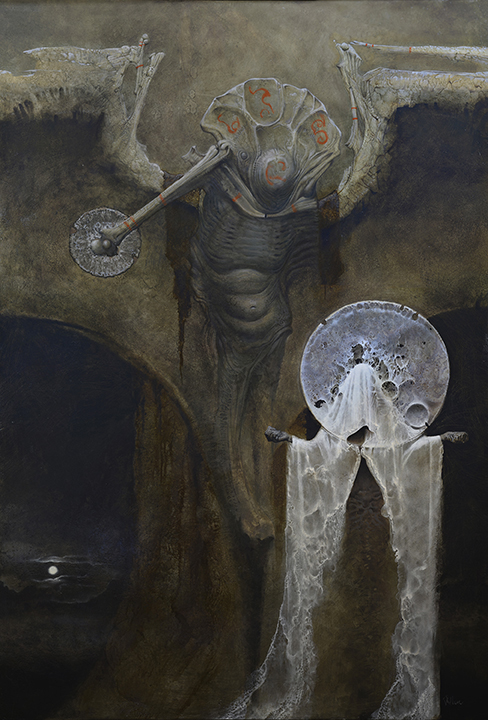

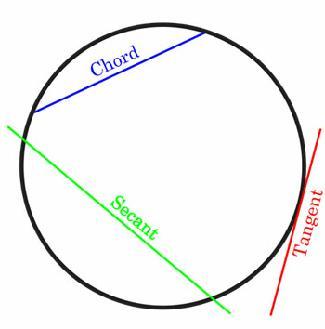

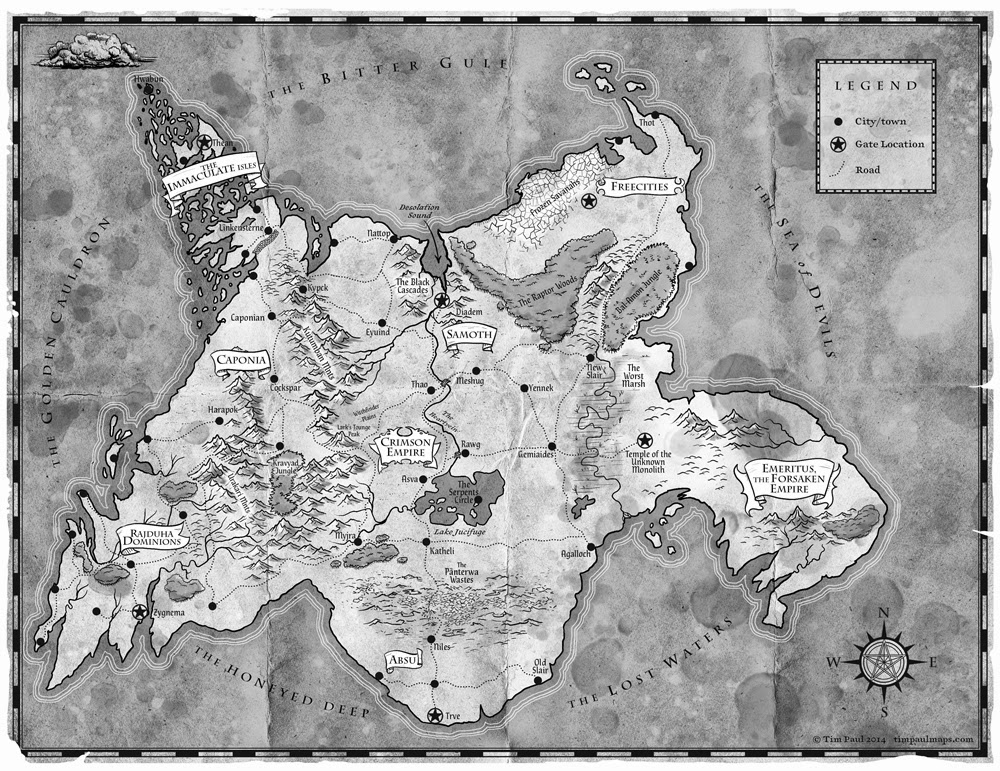
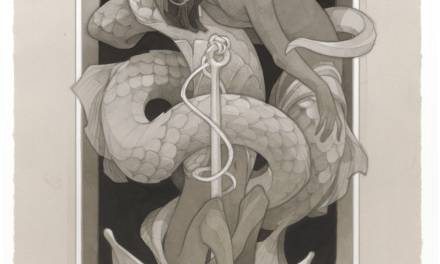

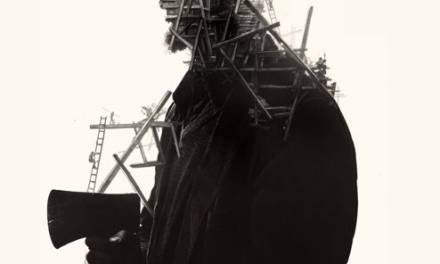

Brilliantly written article on a subject which is at the core of most artists.
Love seeing humour in MC articles, Justin and Paul are superb at it, too.
Thanks for the article!
Why do doctors assume we all know what speed feels like?
only Allen’s doctor know how and know Allen know too ________/
Really enjoyed this well-crafted article on a topic that resonates deeply with many artists.
Justin and Paul’s humor in MC articles always brings a smile to my face.
Appreciate the insightful read!